Full question: Knowing that Unmanned Systems will invade the next decade on all continents with surface, land, air and submarine vehicles, and knowing that several countries are already operating with such technologies, what would be a good and appropriate step for a Navy that does not yet operate unmanned systems to start with..?
Dr Jerome Gormley: Two parallel paths are suggested: first, in your tactics development organization, start a team developing tactics, techniques, and procedures for fleet use of such technology. Second, have an experimental squadron buy relatively cheap COTS products and start experimenting/using them daily.

